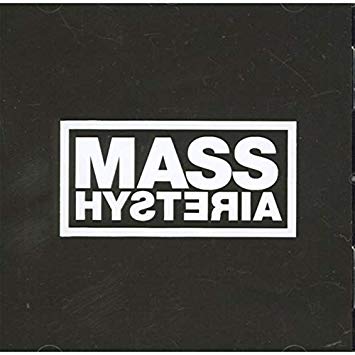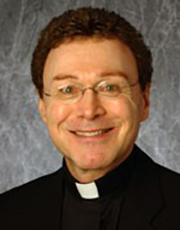The Diocese of Charleston has hit it out of the ballpark with new churches in the last several years, in Charleston, Aiken and Greenville.
The latest is not the first picture but the second with a story I copy from the Deacon's Bench:
The latest is not the first picture but the second with a story I copy from the Deacon's Bench:
Building something beautiful for God in South Carolina
I was pleased to see this story in The Miscellany,
the newspaper for the Diocese of Charleston, describing the
groundbreaking of a new church in the diocese, led by my friend Father
Gregory West.
The church promises to be stunning. (You can see more of the design here.) I found particularly interesting the background behind the design choices:
Read more.
The church promises to be stunning. (You can see more of the design here.) I found particularly interesting the background behind the design choices:
Planning for the church has been going on since shortly after the parish formed, according to Father Gregory West, pastor at St. Clare of Assisi.
Those plans have been driven by the work of a Design and Build team, which was established in 2016 and includes Father West and six parishioners who have extensive backgrounds in construction and design.
One of the first things they did was seek input from St. Clare of Assisi’s members. They put up bulletin boards covered with images of different architectural elements for people to view before and after Masses over several weekends. Parishioners were asked to complete a survey on which they liked best. The results revealed a preference for the traditional architecture of Catholic churches.
This did not surprise Father West, who said recent studies nationwide have shown that many Catholics prefer more traditional architecture for their churches.
“People today want something that is transcendent because we live in such a fast cyber world where things are now measured in milliseconds,” he said. “As a result, people want something in a church that feels eternal and that speaks of beauty, transcendence and tradition.”
“As Catholics, we have more than 2,000 years of architectural expression and so much of it is so very beautiful,” Father West continued. “There was a period during the 20th century when a lot of that was put aside or reinvented, and now people want to go back to tradition.”
…Father West said the church will be designed to seat about 850 people. …The estimated cost is $21 million.
“People want something in a church that feels eternal and that speaks of beauty, transcendence and tradition.”
The parish received a divine gift before the first shovel ever broke ground. Initial plans were for the church to have 12 clear windows because stained glass was too expensive.
Then, Father West and the building team learned that the Sisters of St. Francis in Pittsburgh were closing their motherhouse because they no longer had the resources or the membership to keep it open. A developer made plans to turn the site into an independent living home for senior citizens and all liturgical items had to be removed, including 12 stained glass windows that were more than 100 years old and had been designed by the famed Franz Mayer firm in Munich.Father West and others from the parish traveled to Pittsburgh and made an agreement to purchase the windows. Other items from the motherhouse that will find new life at St. Clare of Assisi include a baptismal font, Stations of the Cross, a high altar called a reredos, the main altar, and statues of St. Clare of Assisi, St. Joseph and the Blessed Mother.
Read more.








































